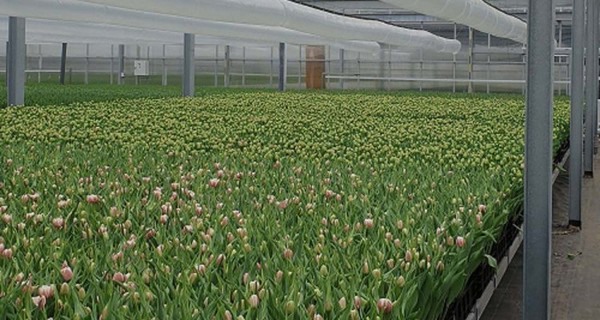Gas prices have risen sharply in the past year. This is an extra incentive for growers with greenhouses to use less or no gas when growing their crops. A point of attention is the humidity in the air: after all, plants evaporate throughout the day. The water vapor in the air needs to be reduced to prevent diseases. Energy-efficient dehumidification is therefore an important part of the Greenhouse as Energy Source program to which the Business Unit Greenhouse Horticulture and Flower Bulbs of Wageningen University & Research contributes.
Greenhouse as Energy Source is the innovation program that stimulates energy saving and the use of sustainable energy in greenhouse horticulture. The program is a catalyst for technological innovations with a focus on demonstrating greenhouse concepts, techniques, and developments aimed at reducing fossil energy consumption. For example, the Kas2030 research is part of Kas als Energiebron: research is being done here into fossil-free and emission-free cultivation.

Humidity
More energy-efficient cultivation in a well-insulated greenhouse has consequences for the humidity in the greenhouse. In a poorly insulated greenhouse, an extensive amount of moisture condenses against the windows, plus more leakage ventilation. As a result, the humidity remains low, though heat is lost. Mechanical dehumidifiers are applied in energy-efficient greenhouses: the moisture condenses and the heat released during this process is returned to the greenhouse air. In this way the energy is conserved.
This dehumidification system can also be used in less cold periods. The heat is then stored to be used at a later time. This reduces the energy consumption of the greenhouse even further.
 For more information:
For more information:
Wageningen University & Research
www.wur.nl
